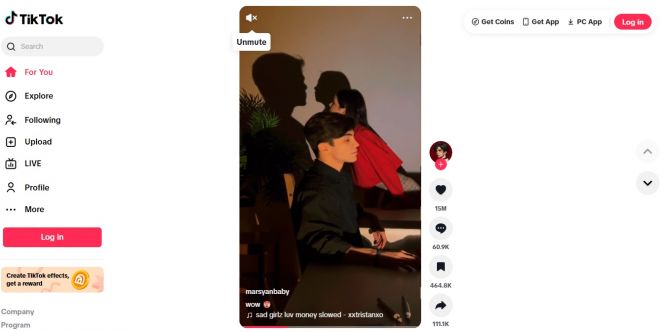 TikTok in the US: the possible fork solution
TikTok in the US: the possible fork solution
Nowadays, many situations that emerge to be discussed by the masses simply fail to surprise. The reason is not the lack of bizarreness in their nature; rather, it’s the bizarreness overload that the said masses suffer from. Some things are simply not strange enough to elicit anything more serious than a shrug.
Take TikTok, for example. A rather silly idea of short videos peppered with music, and the company did not even pioneer that (there were 12seconds.tv, and Vine, and Snapchat’s 10-sec vids). And yet, the sophisticated recommendation algorithms, that addictive endless scroll design, and easy-to-use editing tools, plus some strategic acquisitions, boosted the business into orbit. There, it attracted not just over 1.6 billion monthly users (globally, as of 2025), but also the attention of powers that be.
Where is TikTok banned in the world?
Being the 5th most popular social network on the planet, it’s hard to not have politics – geopolitics, more accurately – interfering with your business. TikTok, same as the four platforms that are currently above it, failed to solve this task.
As of July, 2025, TikTok is fully banned in at least 10 countries including India, Afghanistan, Nepal, Somalia, Kyrgyzstan, Albania, Jordan, Senegal, and Uzbekistan. Many Western countries, from the UK through Canada and France to the Netherlands and New Zealand, have imposed partial bans, mainly restricting TikTok on government or official devices.
One of the key reasons cited by the banning authorities is national security: they are afraid that ByteDance, owner of the short video app, is feeding the data it collects to the Chinese government. There’s no solid evidence of such actions thus far, at least none publicly available, but the Chinese law explicitly dictates that Chinese companies should assist the country’s intelligence agencies, which looks like reason enough for many lawmakers around the world.
TikTok for the US market
If the intro to this piece is something you can relate to, i.e., you’re hard to surprise, here’s something that may raise your eyebrow: TikTok is banned in China, too. Instead of the core product, they use Douyin, a domestic version of the app made specifically for the country. And, according to the latest rumors, a similar solution is envisaged for the US.
As of 2025, the United States is TikTok’s largest market with approximately 136 million monthly active users. And in 2024, Congress outlawed the app in the country, effective January 19, 2025. The law offers some leeway, though, and it was used to push the shutdown forward, with the latest “that’s it, you’re out” date pinned on September 17, 2025.
It looks like the situation will be resolved before that date, though. There are reports that TikTok is building a version of the app for the US market, and it will be sold to an American company when ready. The app itself is expected to be available in the stores from September 5, 2025.
As for the buyer of the American portion of ByteDance’s business, there are many interested parties, from Oracle and Blackstone through AppLovin and Andreessen Horowitz to, most recently, Amazon. But does it really matter to the users? It looks like their favorite toy, the outlet for creativity of the many and a real source of income for some will remain with them, and this is the important outcome of this not-so-bizarre drama.
P.S. The second and the third largest markets for TikTok are Indonesia (about 108 million users) and Brazil (around 92 million users), if you’re interested.
P.P.S. Speaking of social platforms, here is the link to an earlier post listing AIs for social media content creation:
AI-based services for all: image generators for social media



